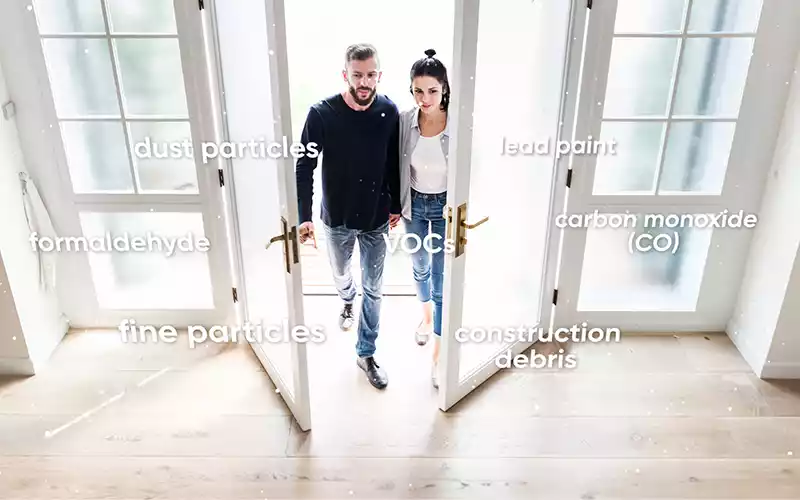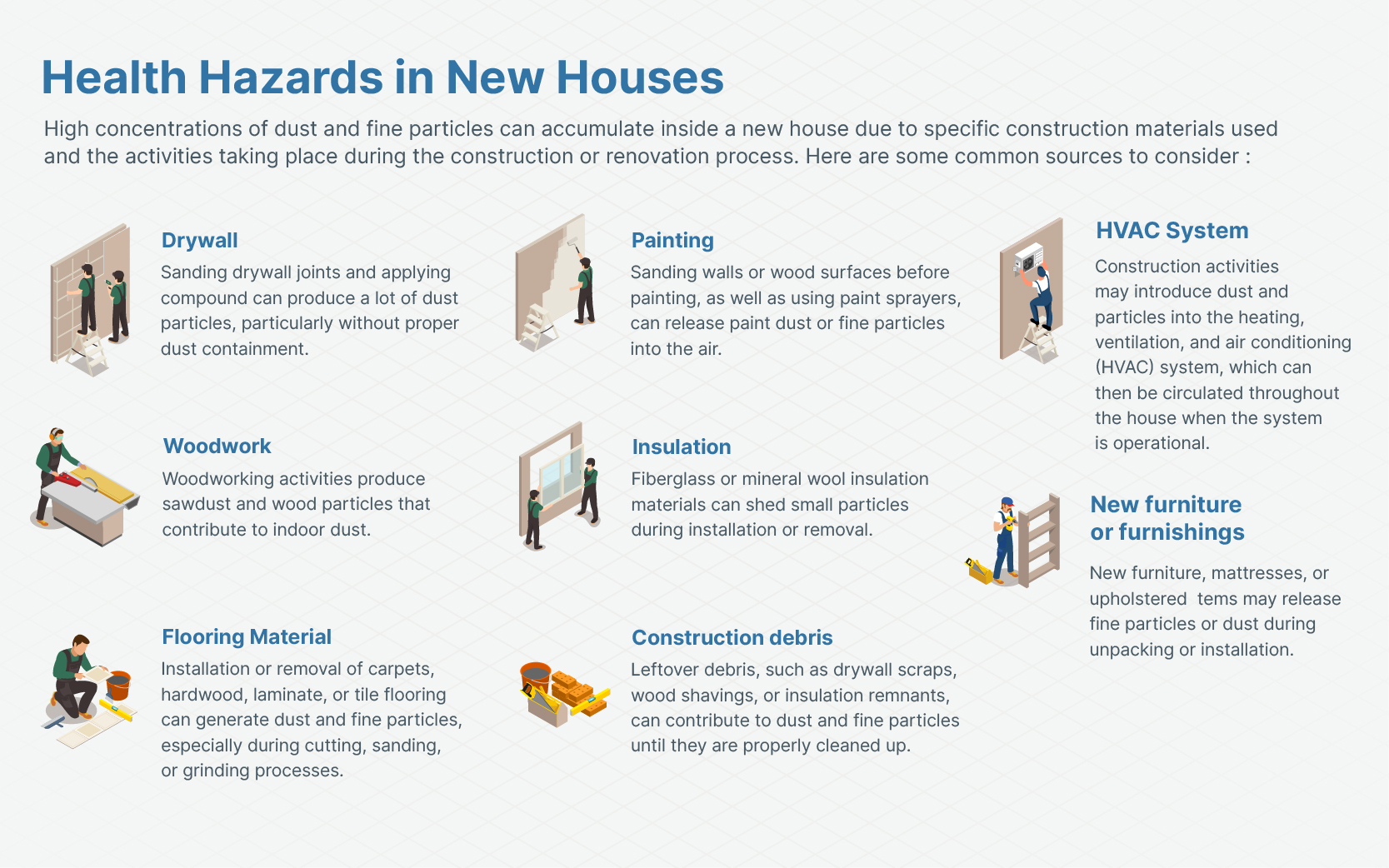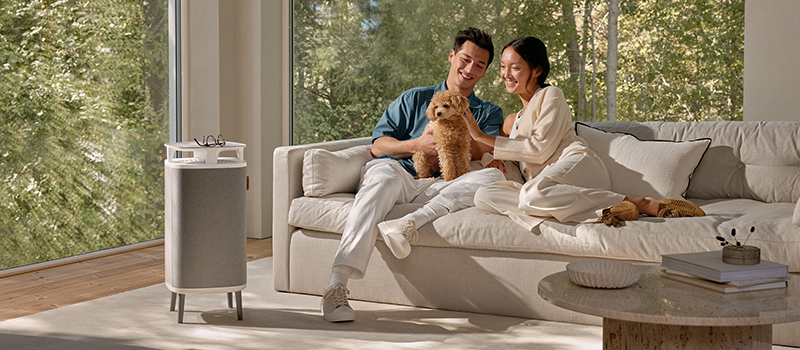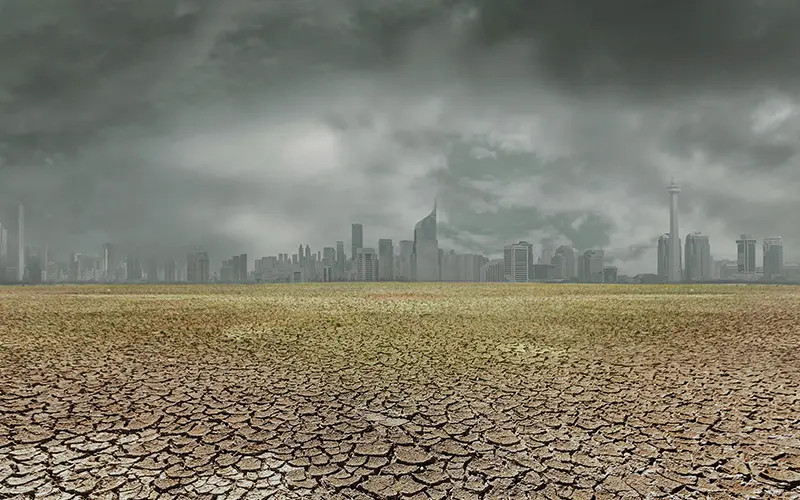Newly constructed or renovated houses can harbor a range of hazards that pose risks to the occupants' health. These hazards arise from various sources, including construction materials, paints, and chemicals used during the building process. It is crucial for homeowners to be aware of these potential dangers and take appropriate measures to mitigate their impact on their well-being. One of the most significant health hazards commonly found in new houses is lead paint. Shockingly, a study conducted by the Nexus3 Foundation in 2021 revealed that about three-quarters of the solvent-based decorative paints sold for home use in Indonesia contained lead levels exceeding the regulatory safe limit of 600 parts per million (ppm). Exposure to lead can be particularly harmful, especially for young children and pregnant women, leading to developmental delays, cognitive impairment, and other serious health issues. In addition to lead, other chemicals present in and around the house pose significant health risks. For example, new carpeting can contain formaldehyde, a chemical known to cause irritation of the skin, eyes, nose, and throat. Furthermore, building materials such as varnish, adhesives, and sealants may release harmful volatile chemicals into the air, contributing to indoor air pollution. Dust and fine particles are major pollutants in new houses, causing discomfort and health hazards. They can lead to respiratory problems, eye irritation, skin irritation, coughing, sneezing, and headaches.
These minute airborne particles and chemicals are often exacerbated by inadequate ventilation, resulting in poor indoor air quality. Proper ventilation is essential for maintaining a healthy living environment. Insufficient airflow can cause a buildup of indoor pollutants, including volatile organic compounds (VOCs), carbon monoxide, and construction debris. Prolonged exposure to these pollutants can contribute to various health problems, such as respiratory issues, allergies, cardiovascular diseases, and even cancer. To address these potential health hazards in new houses, several preventive and corrective measures can be taken:
In conclusion, while moving into a new house is undoubtedly an exciting achievement, it is crucial to be aware of the potential health hazards associated with new homes. Lead paint, chemicals, dust, and debris present in post-construction are just a few examples of the risks that can impact one's well-being. By being informed, proactive, and taking appropriate preventive and corrective measures, homeowners can ensure a healthier living environment for themselves and their loved ones. After all, a safe and healthy home is the foundation for a happy and fulfilling life!
|
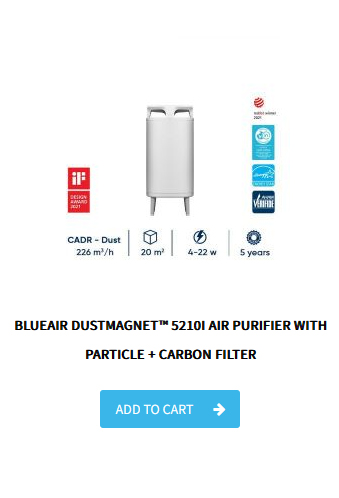 | 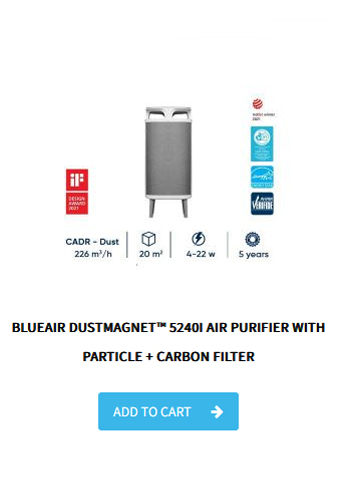 |
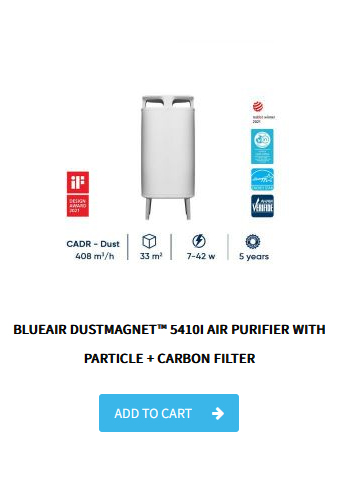 | 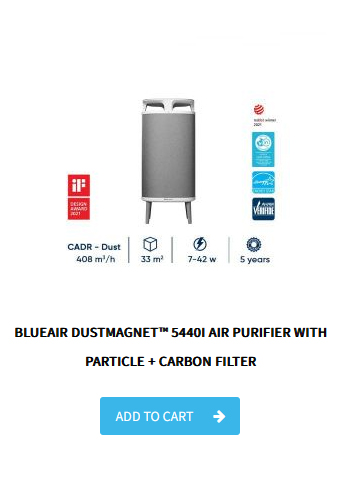 |



